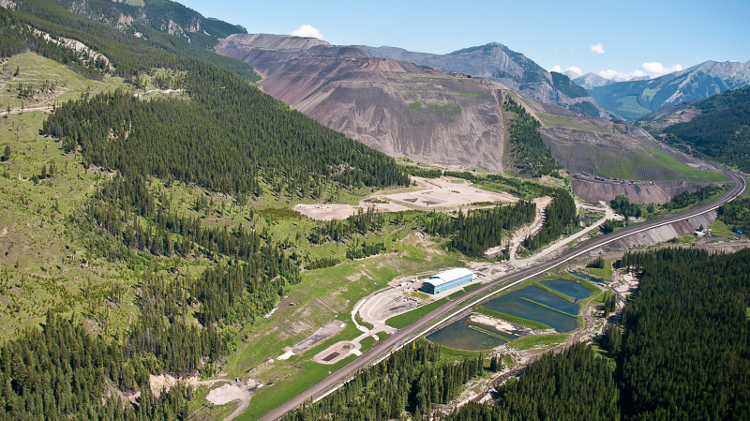Vancouver-based clean tech company Terra CO2 Technologies may have the answer to reducing greenhouse gas emissions and acid rock drainage in mining, two major environmental problems dogging the industry.
Terra is testing a system that takes the massive amount of carbon dioxide produced at power plants, such as diesel generators at mines, and reacts it with pyrite or other metal sulfide minerals at mine sites to produce stable waste in the form of metal carbonates, as well as marketable sulfur byproducts.
Not only would this help cut down on greenhouse gases, said CEO Dylan Jones, it would also address the harmful environmental impact of acid rock drainage (ARD) and the high cost associated with treating it for mining companies.
“The philosophy behind the company was really to provide better environmental solutions for mining projects,” Jones said, adding this could cut the cost for a mine to treat ARD by at least 25 per cent.
Those ambitions have also earned Terra a spot amongst 26 other teams in the semifinals for the $20-million Carbon XPRIZE, a competition “to develop breakthrough technologies that convert the most carbon dioxide emissions from natural gas and power plant facilities into products with the highest net value.” Teams are organized into two tracts, coal and natural gas, based on the type of power plant their technologies are geared towards.
Sponsored by Canada’s Oil Sands Innovation Alliance (COSIA) and U.S. power company NRG, this XPRIZE battle launched in September 2015 and has attracted competitors from around the globe, including startups, non-profits and universities. They are converting carbon dioxide into everything from biofuels to toothpaste and fish food.
“We flip the whole economics of battling climate change on its head and say, ‘Look there’s real value in not just reducing emissions but even creating value out of that,’” said Marcius Extavour, XPRIZE’s director of technical operations, energy and environment. “Any industrial miner that’s looking to reduce their CO2 footprint is going to be interested in what comes out of these competitors.”
For Jones, winning the prize could give his company the boost it needs to attract investors and get to the market, but just participating has its advantages.
“We saw the XPRIZE as a good opportunity for us not only to get into the carbon community…but also there’s a lot of PR and marketing opportunities,” he said.
Terra, which expects to build a pilot plant by July, is currently testing its technology with pyrite, or iron sulfide. The system separates the iron and sulfur, sending the iron into a reactor column where it is mixed with carbon dioxide to produce siderite, a stable waste rock that can be distributed safely in the environment or stored. The pure sulfur becomes sulfuric acid, which can be sold for countless commercial purposes, or even used by mines to separate gold from waste rock.
Jones said Terra is in the demonstration phase now, but if the technology continues to develop as well as it has been, the aim is to commercialize the product in 2019.
Up to 10 XPRIZE finalists will be selected by a judges panel of industry experts early next year and will receive a minimum of $500,000 to help them get through the last round. They will test their technology at real power plants through 2018 and 2019, after which the grand prize winner will be chosen, Extavour said.



